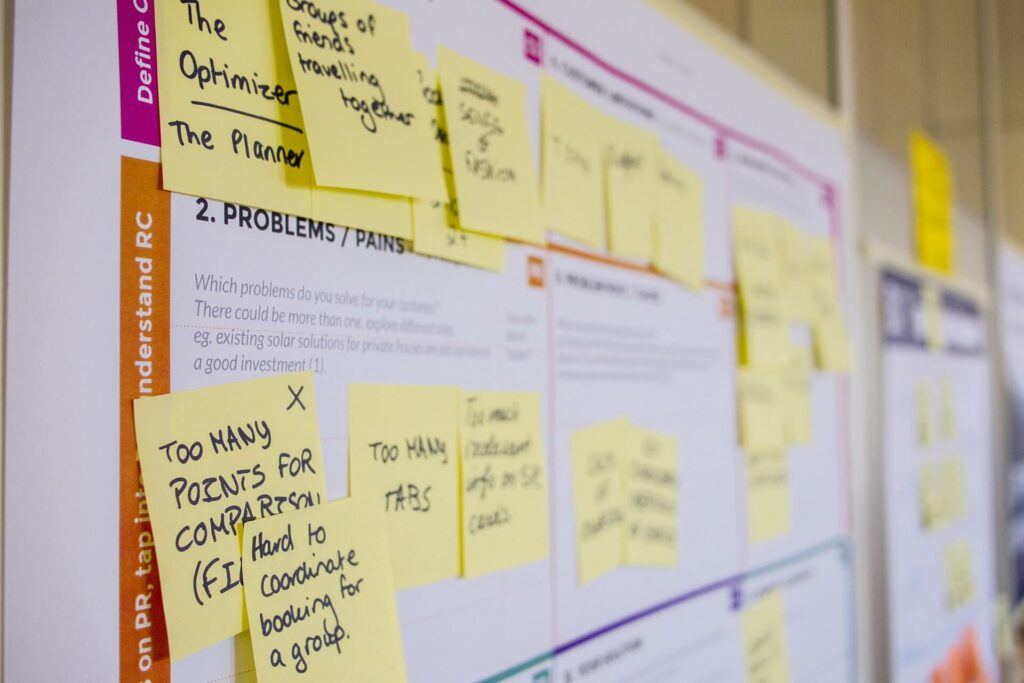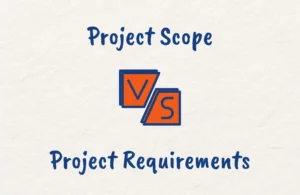When you are managing a project, there are specific processes you will need to perform in order to manage the project work successfully. These processes are to be tailored based on the nature of the project.
According to the Project Management Book of knowledge (PMBOK) by the Project Management Institute (PMI), these processes form discrete process groups according to the differing times in the project that these processes are done.
The initiating process group is the first set of processes out of 5 process groups that need to be done to get the project started and completed.
The 4 other process groups are planning, executing, monitoring and control, and closing. Each of these process groups encompasses different processes with varying functions, inputs, outputs, tools, and techniques.
Like the project life cycle, these processes are necessary to complete the project.
Project Management Process Groups
The Project Management Book of Knowledge (PMBOK) adopts a process-based approach to project management.
The core of project management is broken into 49 processes, and these processes are grouped under the PMBOK process groups and knowledge areas.
The 5 process groups are what you need to do, while the 10 knowledge areas are what you need to know to manage a project successfully.
The process groups and knowledge areas intersect to encompass these 49 processes such that each of these 49 processes falls into a process group and a knowledge area.
The PMBOK processes are initiating, planning, execution, monitoring and control, and closing. Each of these process groups has a fixed set of processes that happen to occur within the same time frame of the phases of the project.
Note that not all processes are necessarily used on all projects. Depending on the size, complexity, and nature of the project, some processes may not be needed.
As a project manager, you are to use your knowledge and skills to dissect the project and determine what processes are best for the successful implementation of the project.
For small projects following a plan-driven methodology, you may go through the overall project management process groups just once, although portions of the process groups may be repeated throughout the project lifecycle.
For large projects or using a change-driven methodology like agile methodology, each phase may go through the project management process groups.
The project is broken into phases or sprints and each phase goes through the whole process of initiating, planning, executing, monitoring and controlling, and closing.
At the end of each phase or sprint, there is a phase gate which is basically a review of the deliverables from that phase.
The completed deliverable is compared to the project charter and the project management plan to determine whether to move on to the next phase, redo the phase, or terminate the project.
Before a project can be deemed to have formally commenced, there are processes that need to be done first. These processes belong to the initiating process group.
In project initiating, you need to determine whether the business case and benefits measurement plan can be achieved, and does a high-level analysis if it can be done within the given constraints.
The business case and benefits management plan are essential documents. These documents should guide all project management activities from start to completion to ensure they support the organizational benefits and goals.
In project initiation, the stakeholders are identified and stakeholder analysis is done to evaluate their influence and impact. The project is formally authorized when the project sponsor signs the project charter.
The project then moves into detailed planning and a plan is developed on how to execute, monitor and control, and close the project.
This is the project management plan, and should also detail the project life cycle and development methodology of the project. The project management plan is also reviewed by the project sponsor and approved.
Throughout the project, planning may have to be revisited. If a new stakeholder or risk is identified, the project will need to return to planning.
The project can also be planned using the technique of rolling wave planning or progressive elaboration where the project is planned at a high level and becomes more detailed as the project goes on and more details become available.
Once planning is complete, the project moves to the executing phase. Each activity, process, and procedure detailed in the project management plan is completed.
While the work is being done, work performance data is extracted for monitoring and control.
The work performance data is analyzed to get work performance information which checks if the project work and deliverables conform to the project management plan.
Monitoring and control encompass the entire project, as all work on the project is constantly checked for conformance.
When all the project deliverables are completed according to the project management plan and fulfill the project scope, it is handed over to the customer or sponsor for final acceptance.
Then the project undergoes the closing processes.

Read More: Top 5 Ways to Avoid Gold Plating in Project Management
Initiating Process Group
The processes in the initiating process group formally start a new project or a new project phase. This is the first phase in the project life cycle.
This process group provides a guiding vision for the project in terms of the project’s alignment with organizational strategic objectives.
In the initiating process group, the project manager is selected and given the authority to manage resources. The project is formally authorized, and project stakeholders are identified.
These stakeholders are analyzed for their impact, influence, and expectations. The project’s high-level scope, initial requirements, constraints, risks, and agreements are specified.
There are 2 primary processes in the initiating process group. These are:
- Develop project charter. The output of this process is the project charter, and the inputs are the business case, benefits measurement plan, enterprise environmental factors (EEFs), organizational process assets (OPAs), and existing agreements.
- Identify stakeholders. The output of this process is the stakeholder register, and inputs are OPAs, EEFs, the project business case, the benefits measurement plan, and existing agreements.
Also Read: Decomposition in Project Management
Project Charter
The project charter is a document that formally starts a project, delegates the project manager, and bestows authority on the project manager to manage resources.
The project charter is to contain a high-level overall of the project scope, objectives, and deliverables.
It also contains the business case for the project, a high-level estimate of the project cost, a high-level schedule with key project milestones, known risks, resources required, and key stakeholders.
Stakeholder Register
The stakeholder register is a list of identified project stakeholders, their expectations, influence, and impact.

Actions Taken in Project Initiating
While there are 2 processes in the project initiating process group, they are at a high level. These actions that are to be carried out in the initiating process group at a detailed level include:
- The project sponsor selects the project manager.
- The project sponsor determines the authority of the project manager.
- Collect historical information.
- Divide the project into phases.
- Identify stakeholders, their influence, impact, and expectations. Document this in a stakeholder register.
- Determine high-level requirements, assumptions, constraints, and risks.
- Turn high-level stakeholder expectations into requirements.
- Use the project business case and benefits management plan to understand the expected benefits and business value of the project.
- Ensure high-level project scope is as detailed as practically possible.
- Collect any relevant existing agreements or contracts that might be required during the project.
- Determine measurable project objectives and the project success criteria.
- Facilitate the resolution of conflicting objectives.
- Get familiar with the organization’s culture, structure, and system.
- Find existing processes, procedures, and compliance requirements that affect the project.
- Understand how the organization does business (business knowledge) and governance.
- Perform high-level planning.
- Do high-level project schedule and cost estimations.
- Do high-level needs assessment on project feasibility based on given constraints.
- Determine the level of detail on the project charter.
- Coordinate project initiation with the stakeholders.
- Finalize the project charter.
- Obtain formal approval of the project charter from the project sponsor.
- Define the exit criteria for the project. This specifies the reasons why a project or phase should be closed.
- Develop project documents such as stakeholder register, risk register, and assumption log.
- Analyze stakeholders using stakeholder mapping to understand their power, influence, interest, and impact.
- Involve subject matter experts for their expert judgment in developing the project charter and stakeholder register.

Project Sponsor’s Role in Project Initiating
The project sponsor is the one who approves the project.
The sponsor is also responsible for providing the financial resources for the project and providing support and protection for the project in order to benefit from the business value of a successful project.
The sponsor typically has a need or requirement to be met. During the project initiation, the project sponsor has the following roles:
- Helps to define measurable project objectives.
- Develops the project business case.
- Provides funding for the project.
- Determines the priorities between constraints.
- May dictate project milestones, key events, and project end date.
- Selects the project manager and gives the project manager authority via the project charter.
- Guides the process to get the project approved and formalized.
Conclusion
No matter the business needs of an organization or client, no project can officially start without the project actually getting initiated.
It is important for you as a project manager to know the necessary processes in the initiating process to apply knowledge to perform these processes and get the project authorized and primed for success.






Everything is very open with a really clear explanation of the issues. It was really informative. Your website is very useful. Many thanks for sharing!
Thank you. Glad to help.